Silicon Valley, a region synonymous with technological prowess, has an illustrious history marked by groundbreaking inventions, iconic companies, and visionary entrepreneurs. In this article, we embark on a captivating journey through the Silicon Valley Saga, exploring key milestones and personalities that have shaped the global landscape of technology.
Make sure to take the Quiz on Tangled Trivia after reading this article, for your chance to earn some millix!
#1The Birth of Silicon Valley
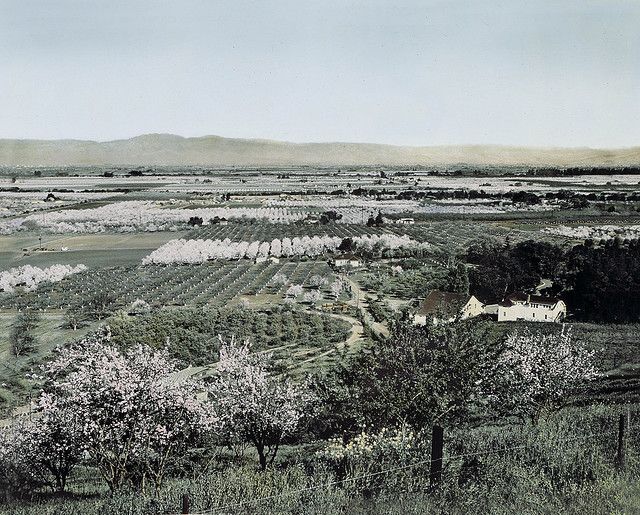 Silicon Valley's genesis can be traced back to a pivotal moment—the invention of the microchip. This technological marvel, which ushered in the era of modern computing, laid the foundation for Silicon Valley's ascent. The question of its birth goes beyond mere geography; it's about the convergence of brilliant minds, academic institutions, and the spirit of innovation.
Silicon Valley's genesis can be traced back to a pivotal moment—the invention of the microchip. This technological marvel, which ushered in the era of modern computing, laid the foundation for Silicon Valley's ascent. The question of its birth goes beyond mere geography; it's about the convergence of brilliant minds, academic institutions, and the spirit of innovation.
#2The Garage that Started It All
 Every great entrepreneurial story has its roots in an unconventional place. Silicon Valley's entrepreneurial spirit found its epicenter in a humble garage, famously known as the birthplace of Silicon Valley entrepreneurship.
Every great entrepreneurial story has its roots in an unconventional place. Silicon Valley's entrepreneurial spirit found its epicenter in a humble garage, famously known as the birthplace of Silicon Valley entrepreneurship.
The HP Garage is a private museum where the company Hewlett-Packard (HP) was founded. It is located at 367 Addison Avenue in Palo Alto, California. It is considered to be the "Birthplace of Silicon Valley". In the 1930s, Stanford University and its Dean of Engineering Frederick Terman began encouraging faculty and graduates to stay in the area instead of leaving California, and develop a high-tech region. HP founders Bill Hewlett and David Packard are considered the first Stanford students who took Terman's advice.
The garage has since been designated a California Historical Landmark and is listed on the National Register of Historic Places. Though not open for public tours, the property can be viewed from the sidewalk and driveway.
#3Dot-Com Boom and Internet Revolution
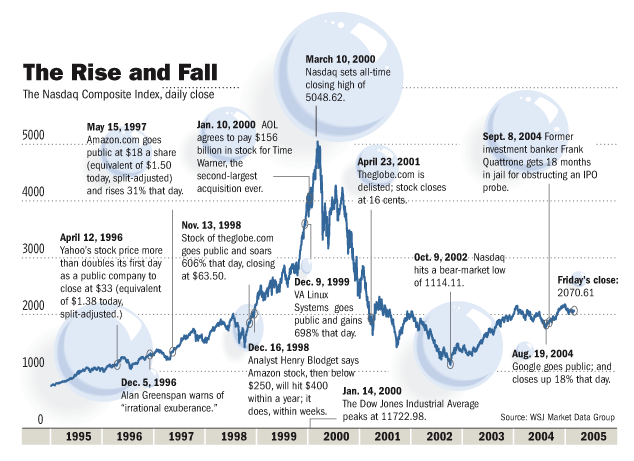 The late 1990s witnessed a seismic shift in the tech landscape with the advent of the dot-com boom. The question that beckons is tied to a landmark event that marked the beginning of this era—what event catalyzed the dot-com boom, forever changing the way we interact with the internet?
The late 1990s witnessed a seismic shift in the tech landscape with the advent of the dot-com boom. The question that beckons is tied to a landmark event that marked the beginning of this era—what event catalyzed the dot-com boom, forever changing the way we interact with the internet?
The dot-com bubble (or dot-com boom) was a stock market bubble that ballooned during the late-1990s and peaked on Friday, March 10, 2000. This period of market growth coincided with the widespread adoption of the World Wide Web and the Internet, resulting in a dispensation of available venture capital and the rapid growth of valuations in new dot-com startups.
Between 1995 and its peak in March 2000, investments in the NASDAQ composite stock market index rose 800%, only to fall 78% from its peak by October 2002, giving up all its gains during the bubble.
#4Trillion-Dollar Milestone
 Silicon Valley is synonymous with financial triumphs, and one company stands out as the first to reach a trillion-dollar market capitalization. The question delves into the financial history of tech giants, challenging your knowledge of which company achieved this historic milestone.
Silicon Valley is synonymous with financial triumphs, and one company stands out as the first to reach a trillion-dollar market capitalization. The question delves into the financial history of tech giants, challenging your knowledge of which company achieved this historic milestone.
Apple (AAPL) is one of the most successful companies on the planet and makes its headquarters in Cupertino, Santa Clara County, right in the heart of Silicon Valley. 1 The company has a market capitalization of $2.81 trillion and was the first American company whose market cap reached $1 trillion in August 2018.
#5Xerox PARC: The Birthplace of Innovation
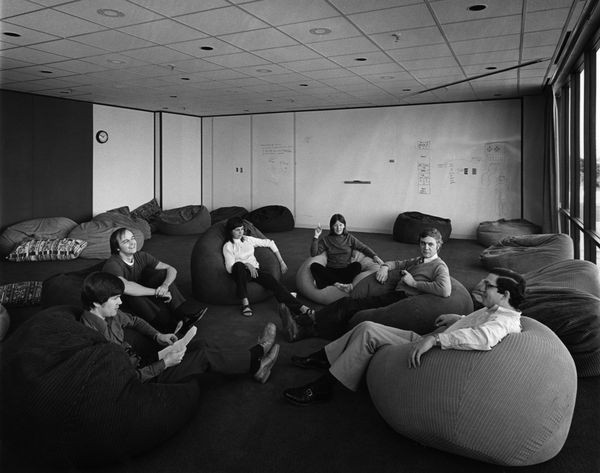 In the realm of innovation, Xerox Palo Alto Research Center (PARC) stands as a hallowed ground. The question revolves around the groundbreaking technology credited to this institution, a technology that would redefine how we interact with computers and devices.
In the realm of innovation, Xerox Palo Alto Research Center (PARC) stands as a hallowed ground. The question revolves around the groundbreaking technology credited to this institution, a technology that would redefine how we interact with computers and devices.
#6Father of Silicon Valley
 Great achievements often have a guiding force behind them. Silicon Valley has its own visionary figure often referred to as the "Father of Silicon Valley." The question seeks to identify this influential personality whose contributions have left an indelible mark on the tech industry.
Great achievements often have a guiding force behind them. Silicon Valley has its own visionary figure often referred to as the "Father of Silicon Valley." The question seeks to identify this influential personality whose contributions have left an indelible mark on the tech industry.
Bob Noyce's nickname was the "Mayor of Silicon Valley." He was one of the very first scientists to work in the area -- long before the stretch of California had earned the Silicon name -- and he ran two of the companies that had the greatest impact on the silicon industry: Fairchild Semiconductor and Intel.
#7ARPANET and the Birth of the Internet
 The internet, an integral part of our daily lives, had its humble beginnings in the Silicon Valley region. The question takes us back to a crucial moment in history when the first successful demonstration of ARPANET, the precursor to the internet, took place. What year marked this milestone?
The internet, an integral part of our daily lives, had its humble beginnings in the Silicon Valley region. The question takes us back to a crucial moment in history when the first successful demonstration of ARPANET, the precursor to the internet, took place. What year marked this milestone?
#8Corporate Code of Conduct
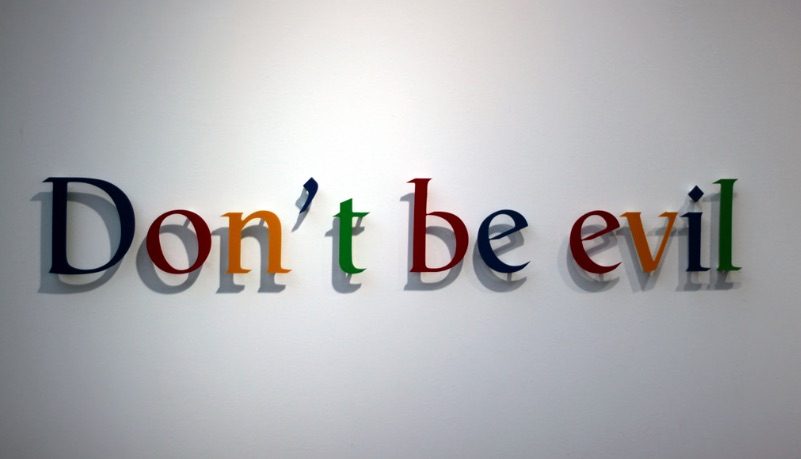 Corporate values play a significant role in shaping a company's culture. Silicon Valley is no exception, and one company, in particular, is renowned for its motto "Don't Be Evil." The question probes into the ethical foundations of a tech giant that set high standards for corporate responsibility.
Corporate values play a significant role in shaping a company's culture. Silicon Valley is no exception, and one company, in particular, is renowned for its motto "Don't Be Evil." The question probes into the ethical foundations of a tech giant that set high standards for corporate responsibility.
"Don't be evil" is Google's former motto, and a phrase used in Google's corporate code of conduct. Following Google's corporate restructuring under the conglomerate Alphabet Inc. in October 2015, Alphabet took "Do the right thing" as its motto, also forming the opening of its corporate code of conduct.
#9The Power of Venture Capital
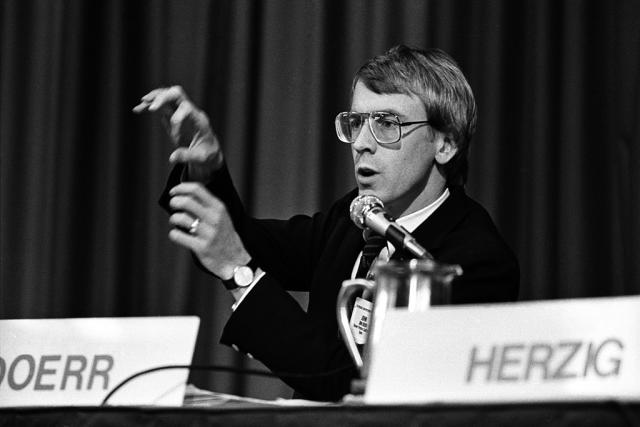 Venture capital has been the lifeblood of many Silicon Valley startups. The question turns to a legendary venture capital firm founded in 1972, whose strategic investments played a crucial role in the success of iconic companies like Apple and Intel.
Venture capital has been the lifeblood of many Silicon Valley startups. The question turns to a legendary venture capital firm founded in 1972, whose strategic investments played a crucial role in the success of iconic companies like Apple and Intel.
Kleiner Perkins, formerly Kleiner Perkins Caufield & Byers (KPCB), is an American venture capital firm which specializes in investing in incubation, early stage and growth companies. Since its founding in 1972, the firm has backed entrepreneurs in over 900 ventures, including America Online, Amazon.com, Tandem Computers, Compaq, Electronic Arts, JD.com, Square, Genentech, Google, Netscape, Sun Microsystems, Nest, Palo Alto Networks, Synack, Snap, AppDynamics, and Twitter. By 2019 it had raised around $9 billion in 19 venture capital funds and four growth funds.
Kleiner Perkins is headquartered in Menlo Park in Silicon Valley, with offices in San Francisco and Shanghai, China.
The New York Times described Kleiner Perkins as "perhaps Silicon Valley's most famous venture firm". The Wall Street Journal called it one of the "largest and most established" venture capital firms and Dealbook named it "one of Silicon Valley's top venture capital providers."
#10Google's Founding Innovation
 Our journey concludes with a focus on a pair of Stanford University students whose innovation reshaped the landscape of information retrieval. The question explores the breakthrough technology developed by Larry Page and Sergey Brin, the foundation upon which Google was built.
Our journey concludes with a focus on a pair of Stanford University students whose innovation reshaped the landscape of information retrieval. The question explores the breakthrough technology developed by Larry Page and Sergey Brin, the foundation upon which Google was built.
Reactions
Already reacted for this post.

















